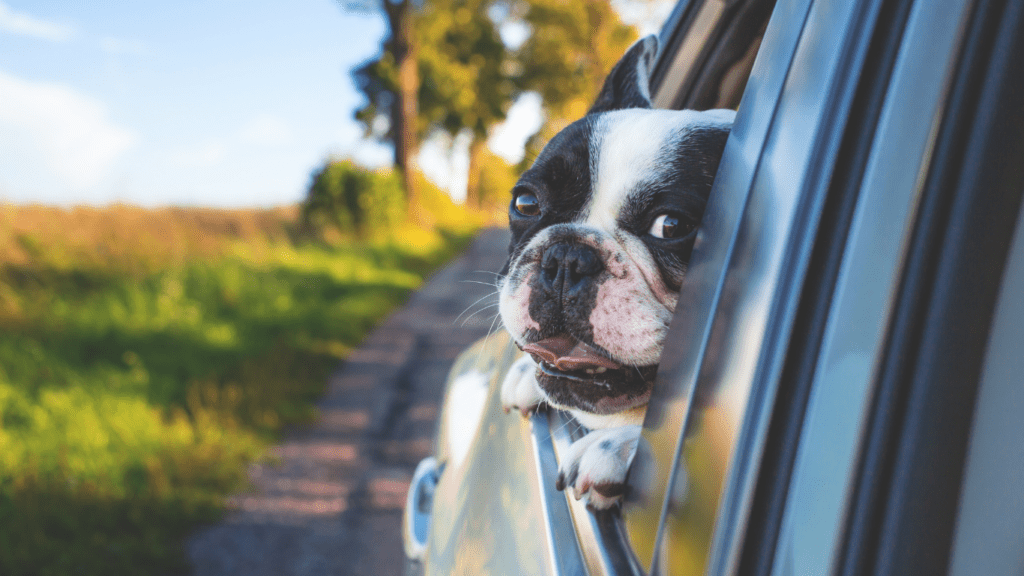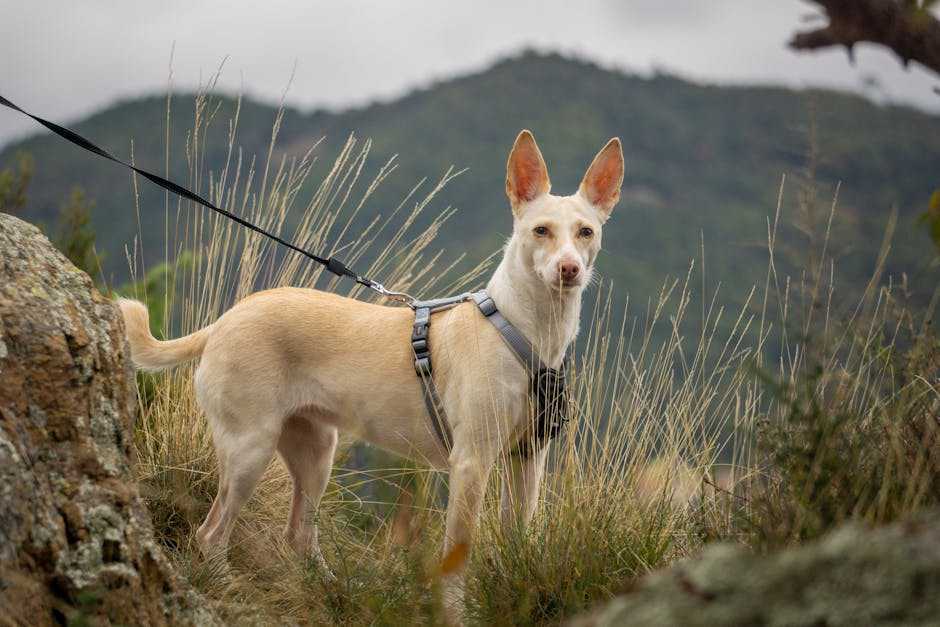Preparing Your Vehicle
A well-prepared vehicle ensures your pet’s safety and comfort. Making a few adjustments can turn your car into a pet-friendly space.
Ensuring Comfort and Safety
Secure pets with a harness or carriers, keeping them from moving freely. An unsecured pet can be dangerous in an accident. Use waterproof seat covers or pet hammocks to protect car upholstery and provide a stable surface. Make sure pets can lay down comfortably. Set up sunshades to manage temperature; pets overheat quickly. Keep windows slightly open for airflow, but not enough for pets to stick their heads out, which can be unsafe.
Pet-Friendly Essentials
Pack a pet travel kit with necessities. Include water, food, bowls, medications, and favorite toys. Take a first-aid kit for emergencies. Bring a pet-specific blanket or towel for comfort, which can help reduce anxiety in new environments. Store essential documents like vaccination records and contact information for the vet. Use a spill-proof water dispenser to keep pets hydrated without messes.
Distribute these items within reach in the vehicle for easy access, ensuring stops are organized and stress-free.
Packing for Your Pet
Proper planning includes packing all necessary items for your pet. Ensuring you have everything on hand guarantees a safe and enjoyable journey for both of you.
Food and Water Supplies
Bring enough food for the duration of the trip. Measure and pack each meal in separate containers. Include treats to reward good behavior. Pack a portable water bowl and bottled water. Pet dehydration can result from unfamiliar water sources. Consider a spill-proof water bottle for convenience.
Travel Documents and Health Records
Carry your pet’s medical records. Include vaccination certificates and any prescriptions. Print a recent photo of your pet in case they get lost. Check if any travel destinations require specific vaccines or health certificates. It’ll help ensure compliance with local regulations.
Training and Conditioning
Efficient training and conditioning can make road trips comfortable for both pets and owners. Follow these steps to acclimate your pet and practice shorter trips before embarking on longer journeys.
Acclimating to the Car
Begin by introducing your pet to the car in a gradual manner. Allow your pet to explore the vehicle while it’s stationary to build familiarity. Use treats and praise to create positive associations. Ensure essential items like:
- favorite toys
- blankets
- a travel crate
are present. Spend short sessions in the parked car to help the pet get used to the environment. Start with 5-10 minutes before extending the duration. If your pet shows comfort, proceed to brief drives around the block. Consistency and calm behavior help instill confidence in the pet.
Practice Short Trips
Schedule short trips to destinations your pet enjoys, such as a park. Gradually increase the duration of these trips. For initial trips, choose locations no further than 10-15 minutes away. As the pet becomes more comfortable, extend the travel time.
Monitor the pet’s reactions throughout these practice trips. If signs of stress occur, reduce the duration slightly before trying again. Reinforcement with treats and affection improves the pet’s travel experience.
During the Journey
Ensuring safe and comfortable travel for your pet during the journey is crucial. Let’s explore some effective strategies for a smooth trip.
Frequent Breaks and Exercise
I recommend stopping every 2-3 hours to let your pet stretch and relieve itself. These breaks help prevent restlessness and give them a chance for physical activity. Use secure leashes and harnesses during exercise to keep them safe. Look for rest stops with designated pet areas, if available, to minimize the disruption.
Managing Anxiety and Discomfort
Pets can experience anxiety during long trips. Keep their environment calm by maintaining a consistent temperature and providing their favorite toys or blankets. If needed, consult your vet about anxiety-reducing treatments. Offer water regularly to keep them hydrated. Avoid feeding large meals right before the journey to reduce motion sickness.
Attention to these details can make your pet’s journey much more pleasant.
Choosing Pet-Friendly Accommodations

Finding suitable lodging is pivotal for a stress-free road trip with your pet. Many hotels, motels, and vacation rentals now accommodate pets, but it’s essential to verify policies beforehand.
Researching Pet Policies
Know each accommodation’s pet policy. Search for properties labeled as “pet-friendly.” Websites like BringFido and Pet-Friendly Hotels offer comprehensive lists. Always double-check directly with the accommodation to confirm any restrictions, such as size limits or breed bans. Inquire about any additional fees, pet-friendly amenities, and specific rules for leaving pets unattended.
Booking in Advance
Reserve pet-friendly accommodations early to secure the best options. High-demand areas may have limited availability, especially during peak travel seasons. Booking in advance ensures your pet receives the necessary comfort and avoids last-minute hassles. Use trusted platforms like Booking.com or Airbnb to find and reserve suitable places that welcome your pet.
Emergency Preparedness
Being prepared for emergencies ensures a safe and stress-free road trip with your pet. Take the following steps to be ready for unexpected situations.
First Aid Kit
Create a pet-specific first aid kit to handle minor injuries or health issues on the road. Include essentials like gauze, adhesive tape, antiseptic wipes, and tweezers for removing splinters or ticks. Add a digital thermometer, hydrogen peroxide, and a pet-safe ointment for treating minor cuts. Pack any regular medications your pet takes, along with dosing instructions. Consider including a pet first aid manual for quick reference.
Emergency Contacts
- Compile a list of emergency contacts before your trip.
- Include your regular veterinarian’s contact information and the number for nearby emergency veterinary clinics.
- List animal control agencies and pet-friendly shelters in your travel area.
- Input these contacts into your phone’s address book and keep a printed copy in your glove compartment.
- f your pet gets lost or needs medical attention, these contacts could be crucial.
- Ensure you’re aware of these steps to maintain your pet’s safety and well-being during the journey.




